Canon EOS R100 review: the beginner camera to beat all others
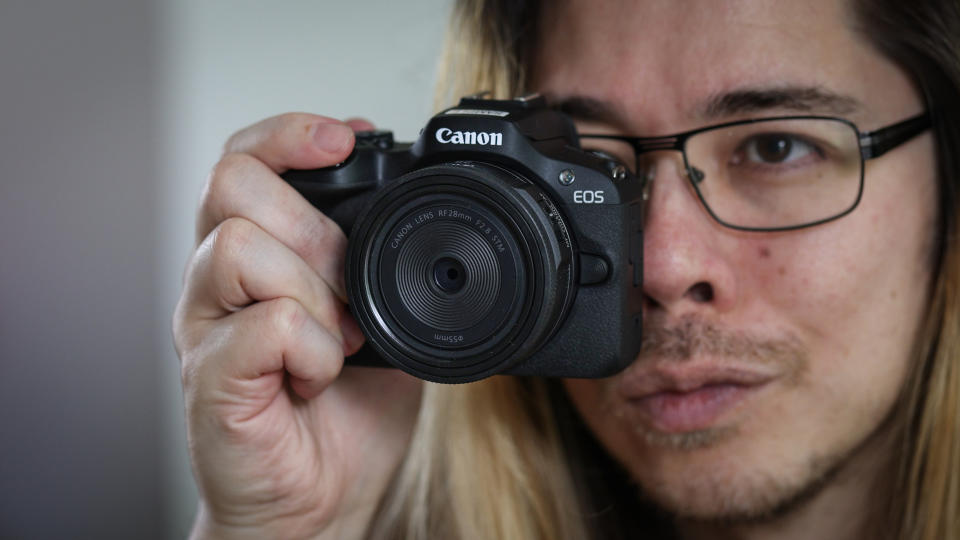
The Canon EOS R100 is a camera I've been waiting for since the R system first launched. Canon has released professional cameras, 8K cameras and cinema, but what I've been tapping my fingers over is an affordable, entry-level camera. Something simple enough for families to capture their treasured shots, as easily as they would on a smartphone, yet advanced enough to grow with a photography student as their skills develop.
And that's exactly what the Canon EOS R100 is. A camera simple enough for a first-timer to shoot great images in auto, but that reveals its real strengths when you take it into semiautomatic and manual mode to start getting creative in ways that just aren't possible on a phone. I really wish a camera like this was available when I was just starting out.
The R100 replaces the best-selling Canon Rebel SL2 / Canon EOS 200D as well as the Canon Rebel T7 / Canon EOS 2000D, and is the most affordable entry point into the EOS R camera system and its impressive range of Canon RF lenses.
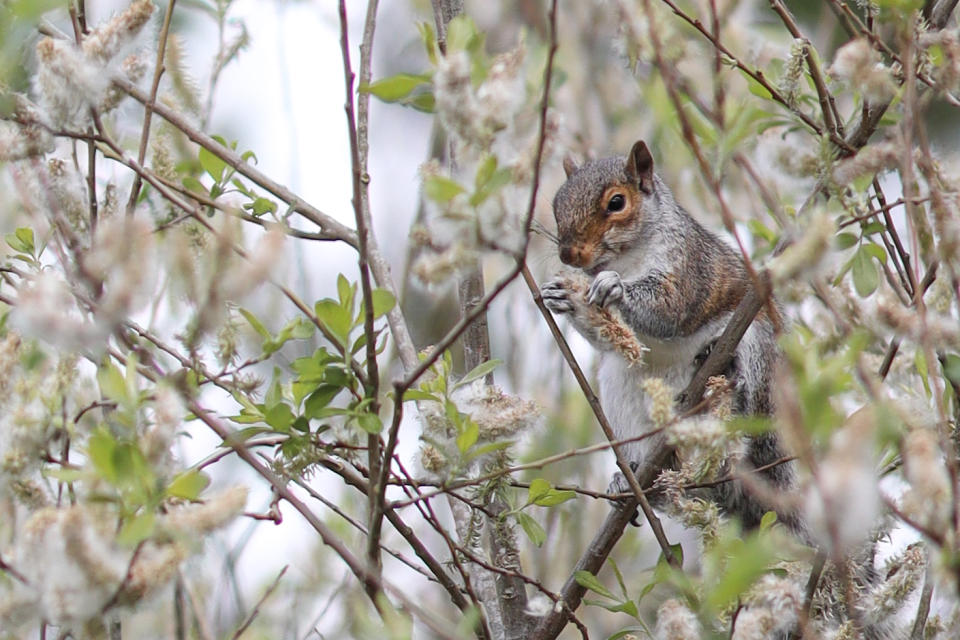
Canon EOS R100: Specifications
Canon EOS R100: Key features
Staking its claim as one of the best cameras for beginners, the Canon EOS R100 eschews many advanced features in favor of streamlined simplicity. Aimed at newcomers to cameras, namely those who primarily take photographs on a phone, the R100 boasts a guided user interface with friendly and helpful menus to make it easy to make the camera do what you want it to.
You needn't worry if you're unfamiliar with camera settings, as the menus offer descriptions of the various modes as well as on-screen examples of what you can expect – making it a breeze to get shooting right away.
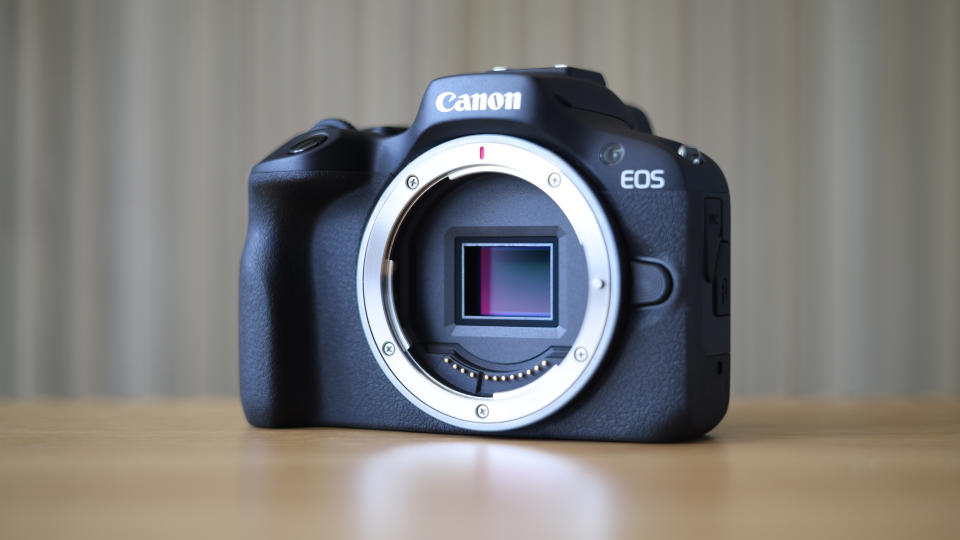
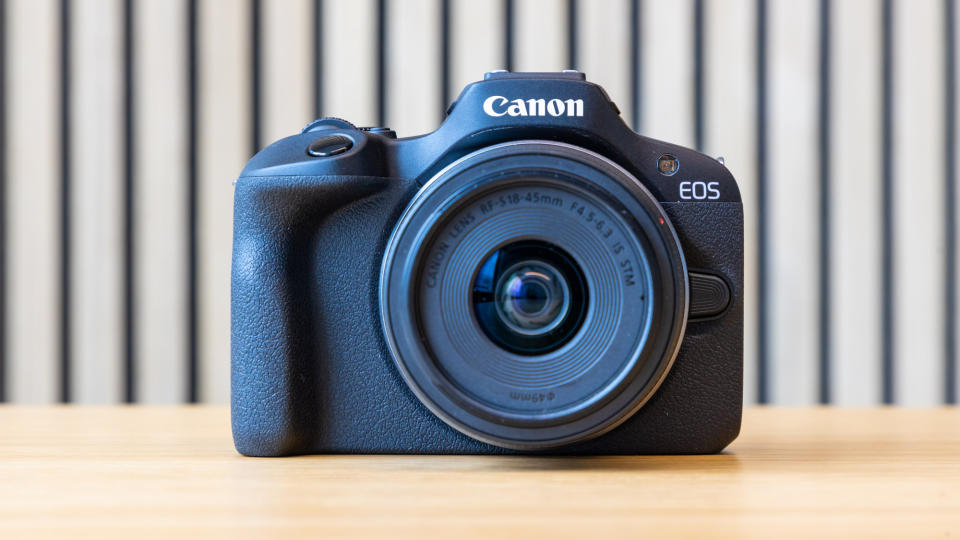
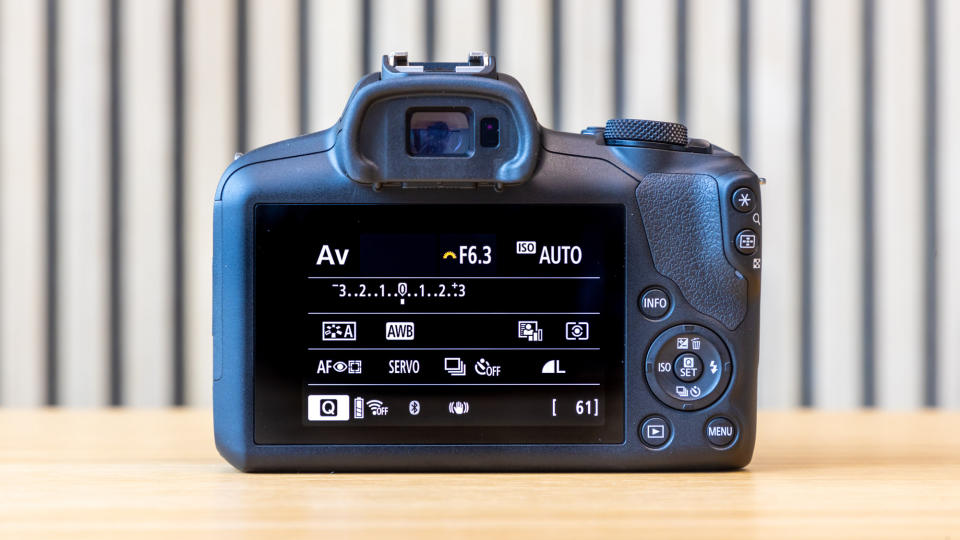
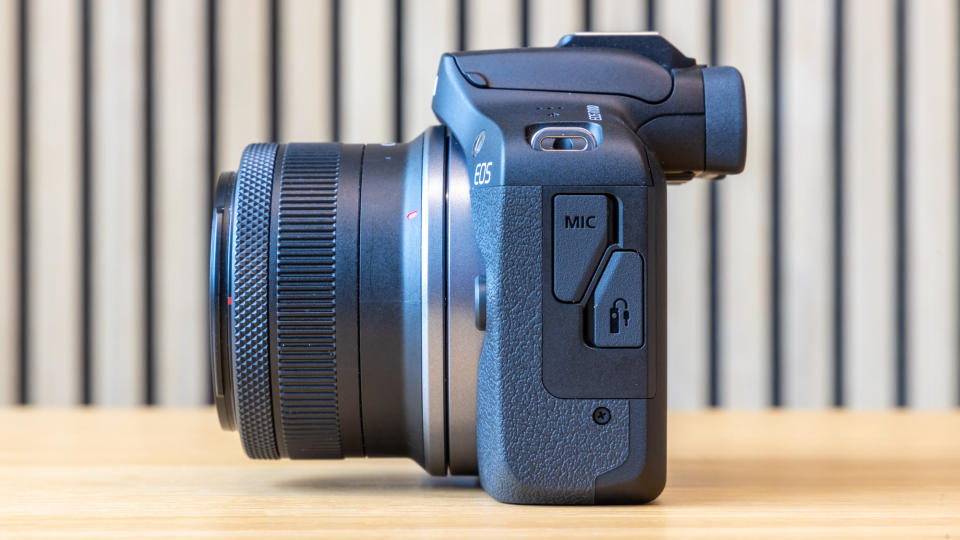
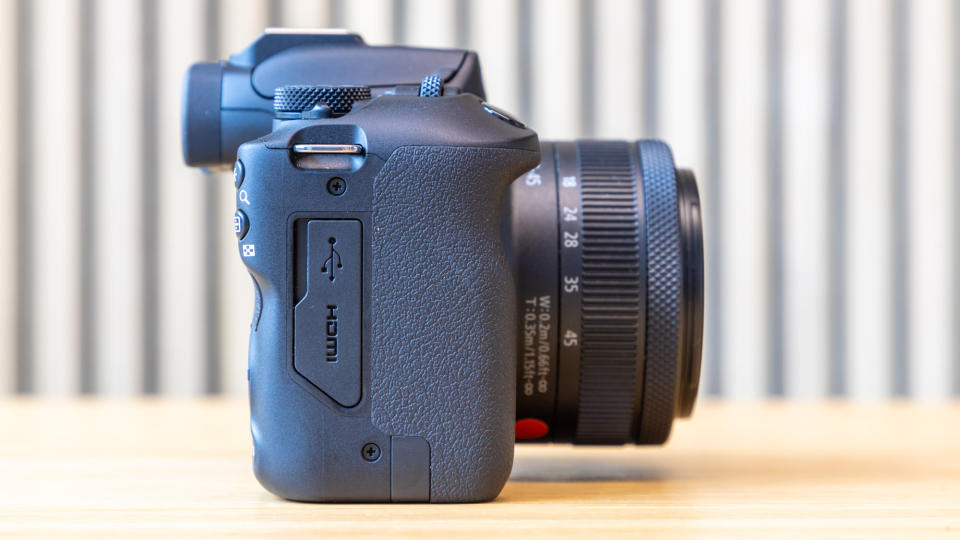
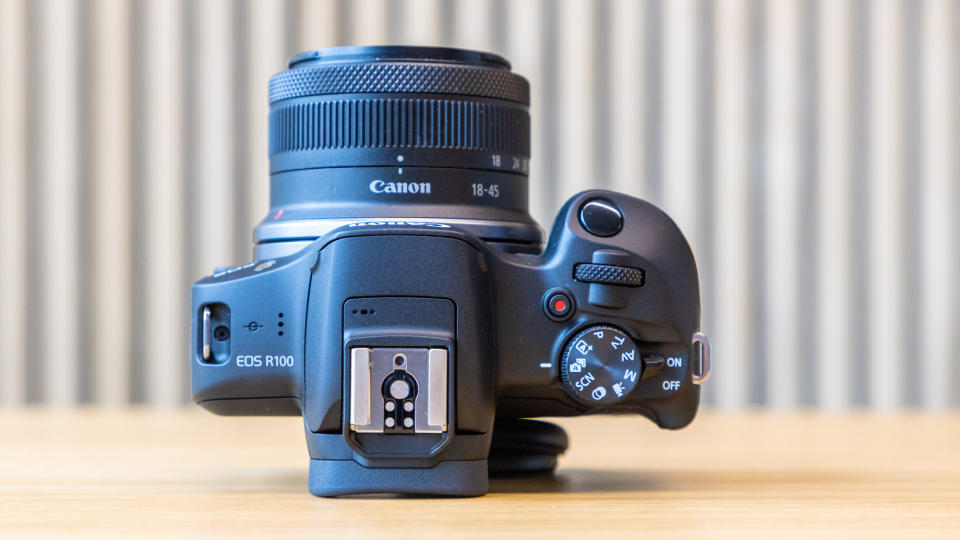
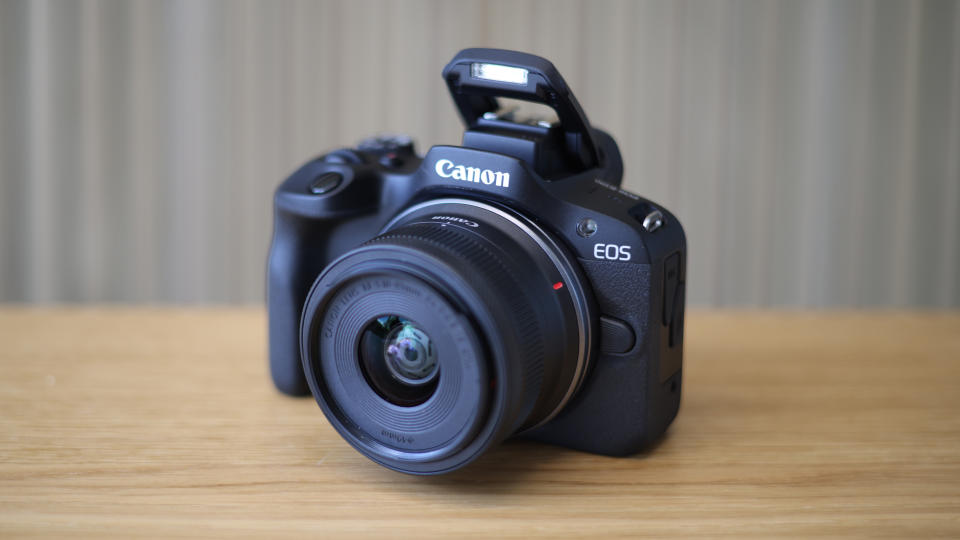
Features like Creative Assist enable you to make adjustments to things like contrast, brightness, and background blur without needing to know about settings. And when you're feeling ready to start delving into a semiautomatic (or even manual) mode, the exposure dial puts pinpoint control at your fingertips.
Don't misconstrue the streamlined features and single control dial for this being an underpowered camera, though; it might be easy to pick up, but the R100 is very capable. I've been shooting professionally for years, and I was taken aback by just how much this little camera can do.
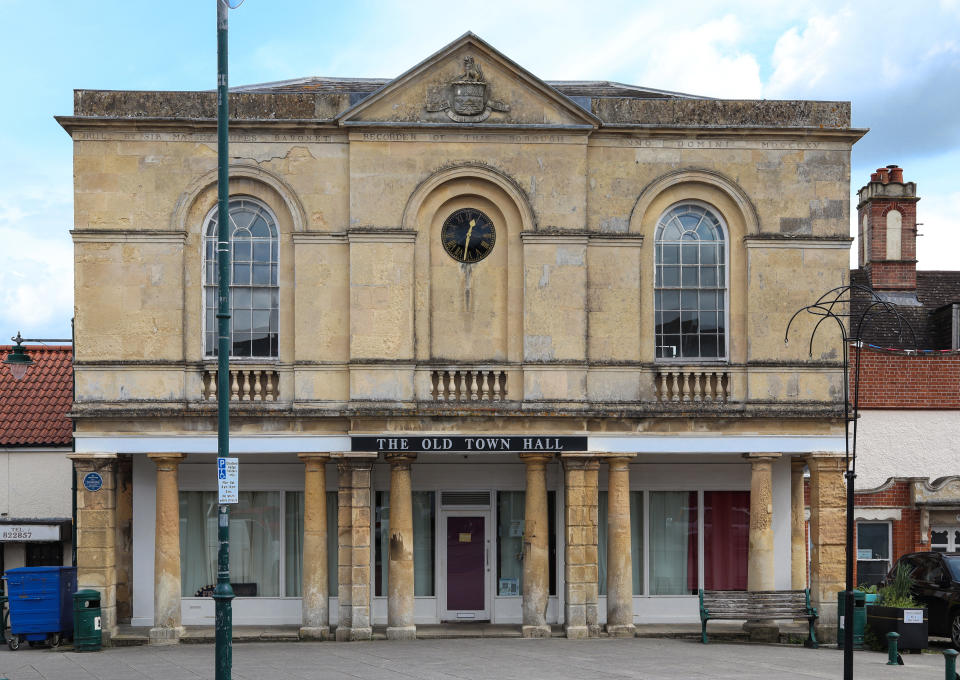
Its 24.1MP APS-C image sensor is an optimized version of the one in the now discontinued Canon EOS M50 Mark II (with which the R100 shares quite a few similarities in general). It packs plenty of data and detail into your shots, while enabling you to achieve shallow depth of field – and if you're into shooting faraway subjects like wildlife or sports, the sensor's 1.6x crop factor will magnify the focal length of your lenses for greater reach.
Despite having being surpassed by the latest EOS R cameras, the R100's Dual Pixel Autofocus remains incredibly robust. It's the same hybrid AF system that powers professional DSLRs like the Canon EOS 5D Mark IV, and I was amazed at having such a powerful autofocus system in a beginner camera. This is supremely useful for newcomers, as you can trust the camera to find and keep your subject in focus.
While it's aimed primarily at stills shooters, the R100 does capture both FullHD and 4K video – and, crucially, it can do so in vertical orientation as well as horizontally, for quick and easy sharing and uploading on social media.
However, it should be noted that 4K invokes an additional crop factor (of 1.55x) on top of the existing APS-C crop (of 1.6x), meaning that your footage will look very "zoomed in", so you'll need to use an ultra-wide lens like the Canon RF 16mm f/2.8 STM to maintain a wide field of view. In addition, Dual Pixel AF isn't available in 4K; the camera instead uses a more choppy contrast-detect autofocus system (though Dual Pixel is available when shooting in FullHD).
Canon EOS R100: Build & handling
As you can see from the images below, the camera is incredibly similar in size, shape and layout to the Canon EOS R50 (which previously sat between the Canon EOS R100 and the more advanced Canon EOS R10 in the product hierarchy).
It is an incredibly compact camera, even by mirrorless standards, complemented by a range of suitably sized compact lenses – including the Canon RF 28mm f/2.8 STM pancake lens, which was released at the same time as the R100. The camera is at its most portable and effective when paired with these lightweight prime lenses, as well as the Canon RF-S 18-45mm f/4.5-6.3 IS STM kit lens with which is is bundled. I found that any combination of these was when the camera was at its best, able to slip into my messenger bag and pop out when a photo moment presented itself.
The controls are simple and sensibly laid out. In particular I like the ON / OFF switch being anchored to the mode dial on the right-hand side of the camera; this makes it easy to quickly power up the camera with one hand, ready to start firing frames, so you don't miss a moment whether you're shooting street photography or capturing the kids playing in the yard.

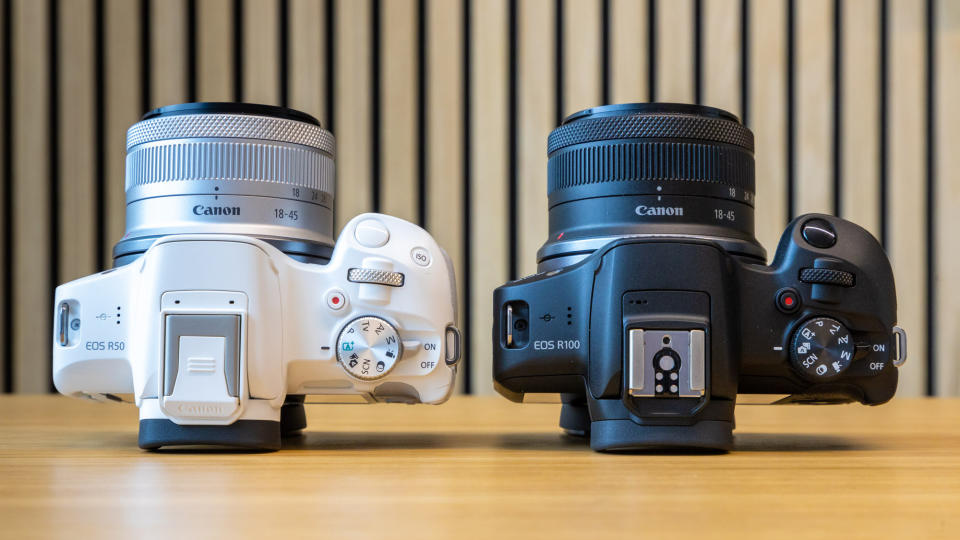
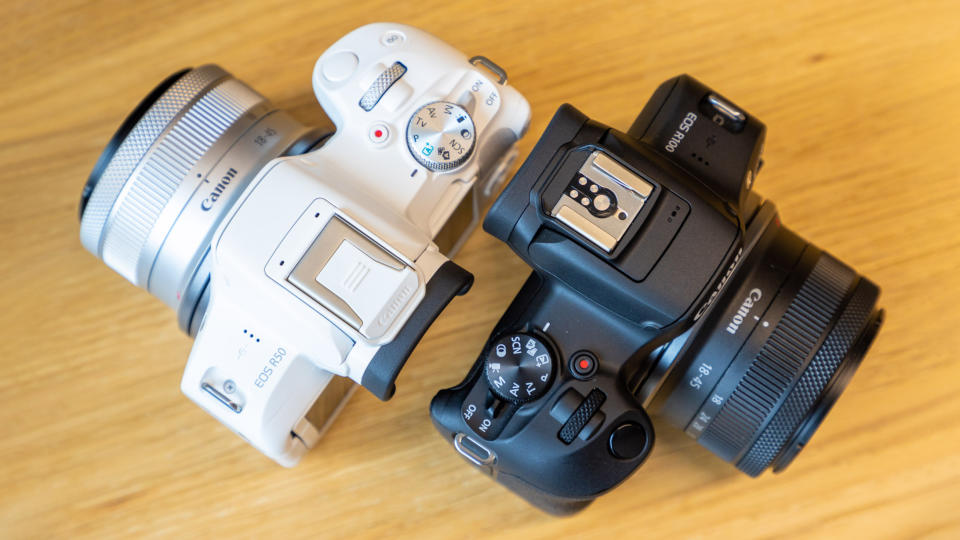
A pop-up flash is built into the top of the camera body, making it possible to keep taking shots when night falls or when shooting indoors with poor illumination. And on top of the flash is a hot shoe, enabling you to mount accessories like flashguns or vlogging microphones if you want to get creative.
I only have two real reservations about the R100's handling. Firstly, the rear LCD screen does not have any touch functionality. While this has been fairly standard on entry-level cameras in the past, the R100 is being directly marketed at people who take pictures on their smartphones – as in, people who will expect to be able to tap the screen to take a photo or change a menu setting.
I also occasionally nudged the mode dial when adjusting the exposure control dial while taking shots. This is far from a huge problem, but is something worth bearing in mind; my hands aren't huge, and I'm used to using very dainty mirrorless cameras, but folks with bigger hands might find that the compact chassis of the R100 leads to errant brushes of buttons or dials.
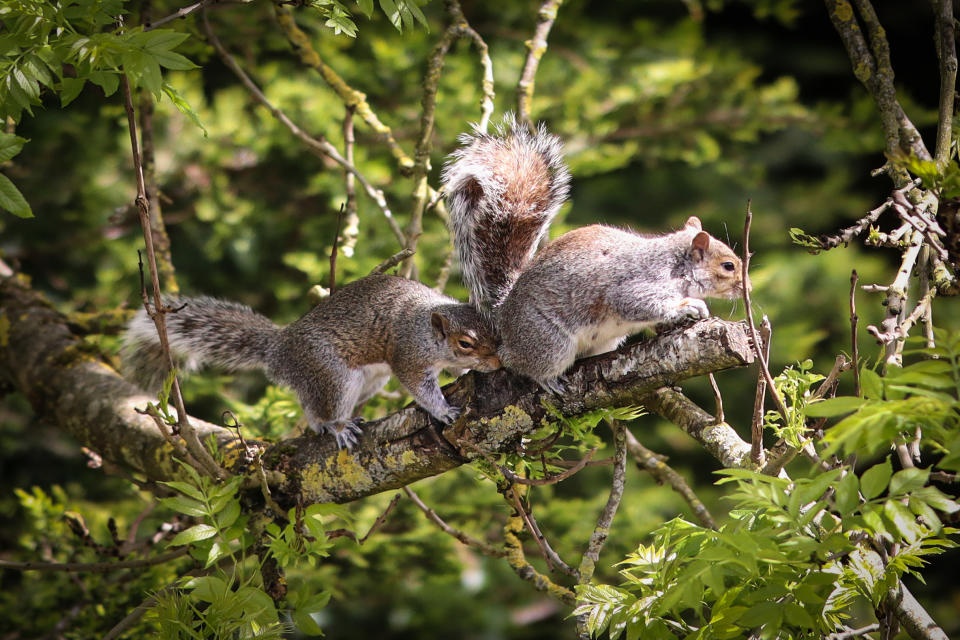
Canon EOS R100: Performance
When it comes to the imagery it produces, it's really hard for me to fault the Canon EOS R100. Whether shooting in auto, semi-auto or full manual mode, it quite simply takes a cracking shot.
The automatic modes behave much as a phone does, choosing the optimum settings to ensure a well-exposed image with minimal camera shake – though of course, here you also get the benefit of shallow depth of field as well (those "blurry backgrounds" that you can only get on your phone using portrait or cinematic mode).
Flick the camera into one of the modes where you can exert manual control, though, and you can really start experimenting with things like depth of field, and freezing or blurring fast-moving images. Either way, you're going to get pristine pics packed with rich color and plenty of detail, thanks to the 24.1MP image sensor.
And with the ability to capture RAW files as well as JPEGs, you can get even more creative in the editing stage with programs like Adobe Photoshop – or even Canon's own, free Digital Photo Professional software.
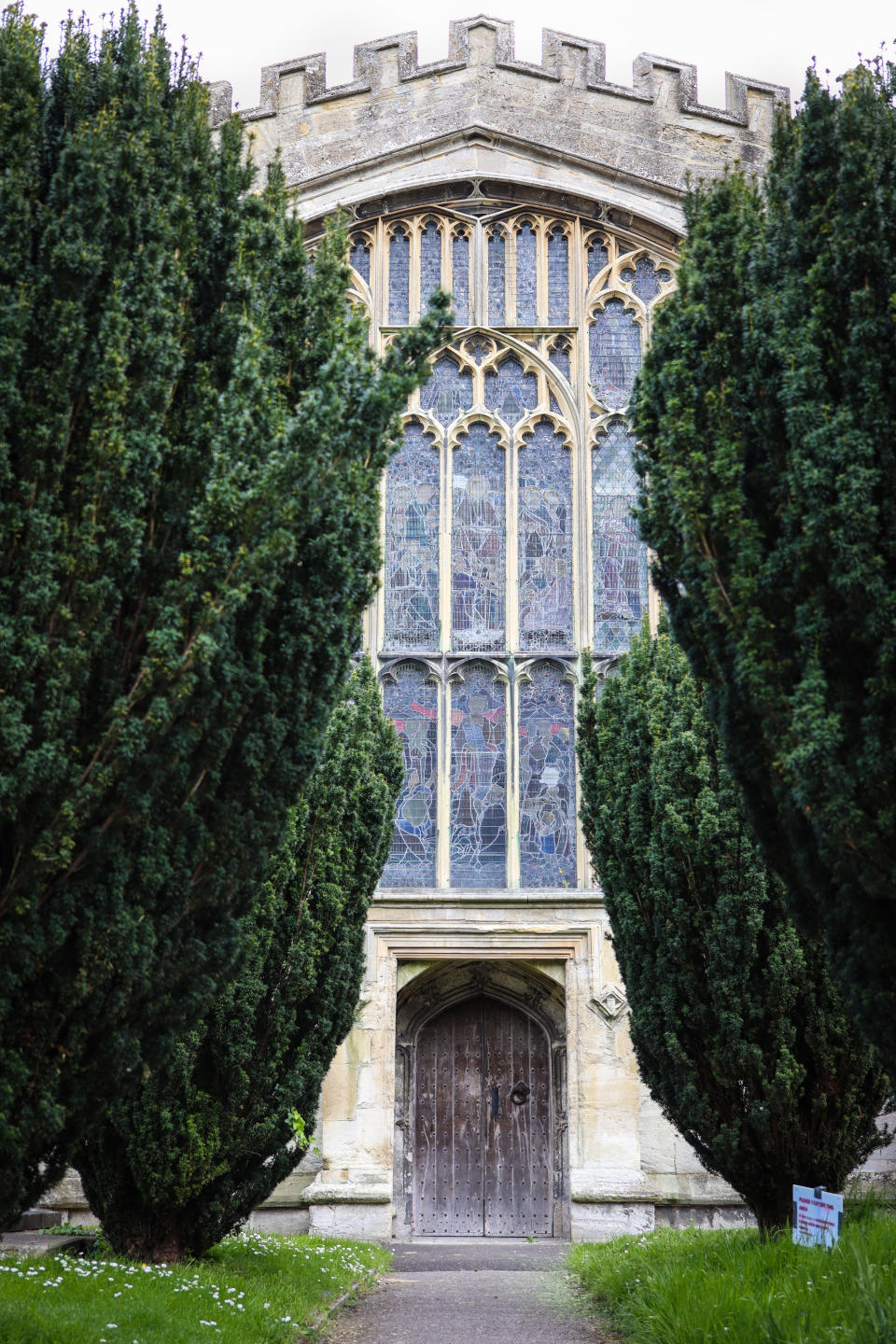
The only real limitation to the image sensor is its ISO range, which governs the camera's sensitivity to light. Its top end of ISO12,800 (expandable to ISO25,600) is pretty conservative, and means that grain will be introduced much sooner if you're shooting in low light conditions and relying on the ISO setting alone to expose your images (check out my What is ISO in photography? feature to find out more about this subject).
The autofocus is as robust and reliable as I've come to expect from Canon's Dual Pixel AF, especially with its Face+ Tracking with Eye Detection. It's unfortunate that Dual Pixel isn't available when shooting 4K, and combined with the additional crop factor this makes 4K video feel less than optimum – though admittedly this isn't intended as a video camera.
Still, FullHD (1080p) shooting does boast Dual Pixel AF all the way up to 60p (for semi-slow-motion shots), and if you drop down to 720p then you can capture footage in 120p (for full slow-motion). And all modes can employ Canon's Movie Digital Image Stabilization feature to remove camera shake from your footage.
I should also point out two under-heralded features of the R100 that I nonetheless enjoyed using: the 4K Frame Grab (which enables you to extract a still frame from your 4K footage, so you can effectively capture a decent-quality photo from your video), as well as Hybrid Auto (which takes 2-4 seconds of video when you take a pic, so at the end of the day it can compile clips of your day out).

Canon EOS R100: Sample images
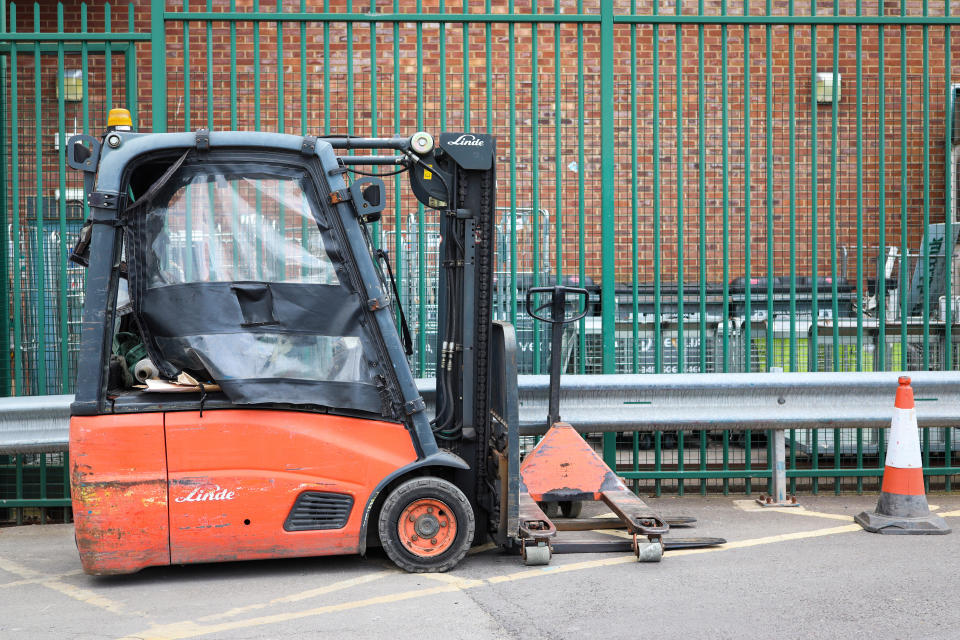
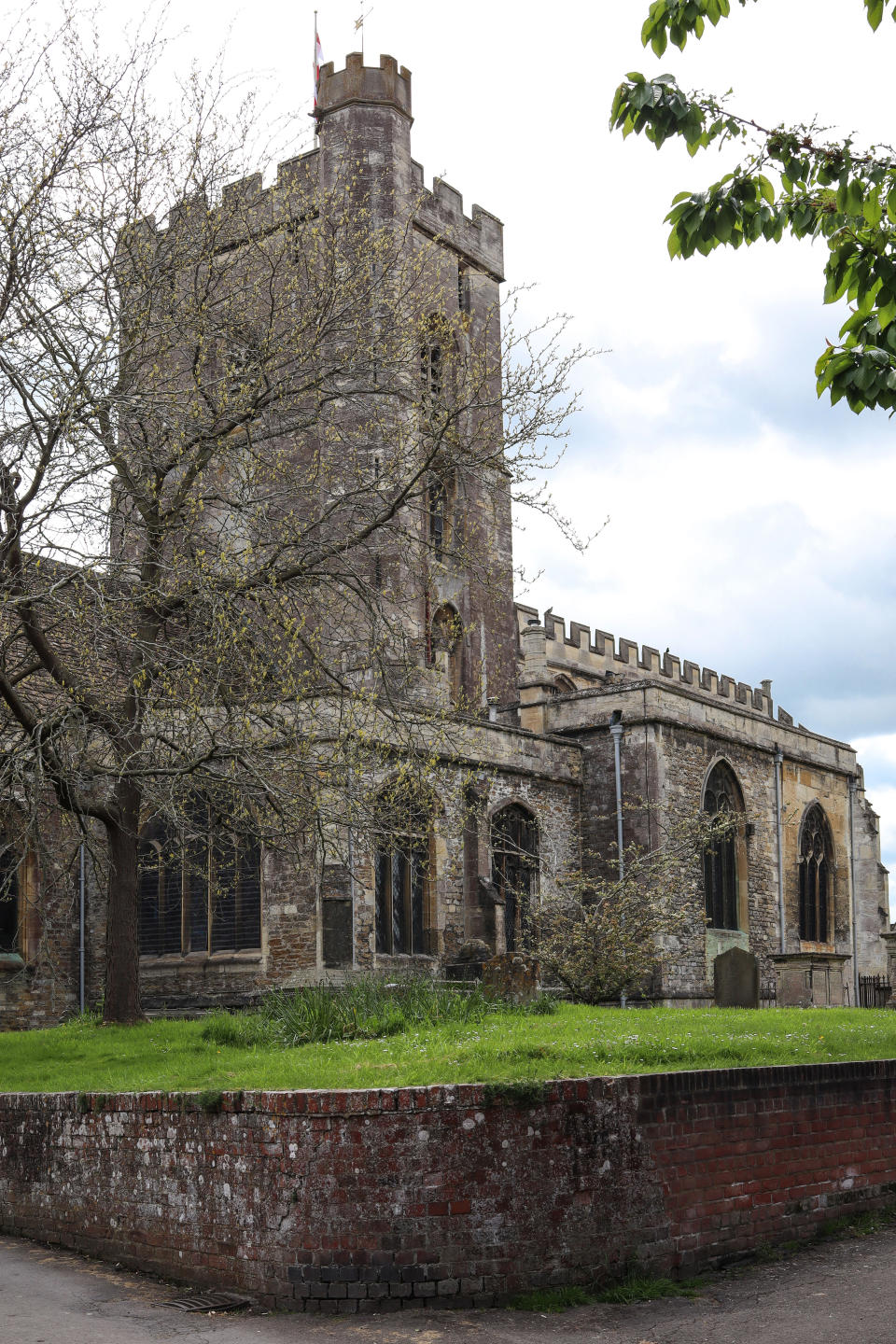
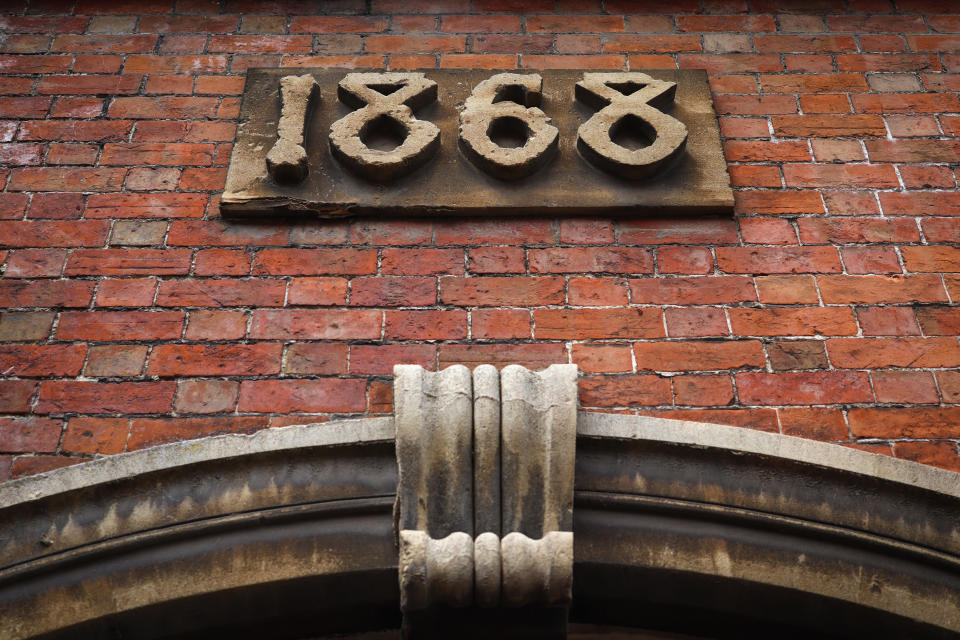
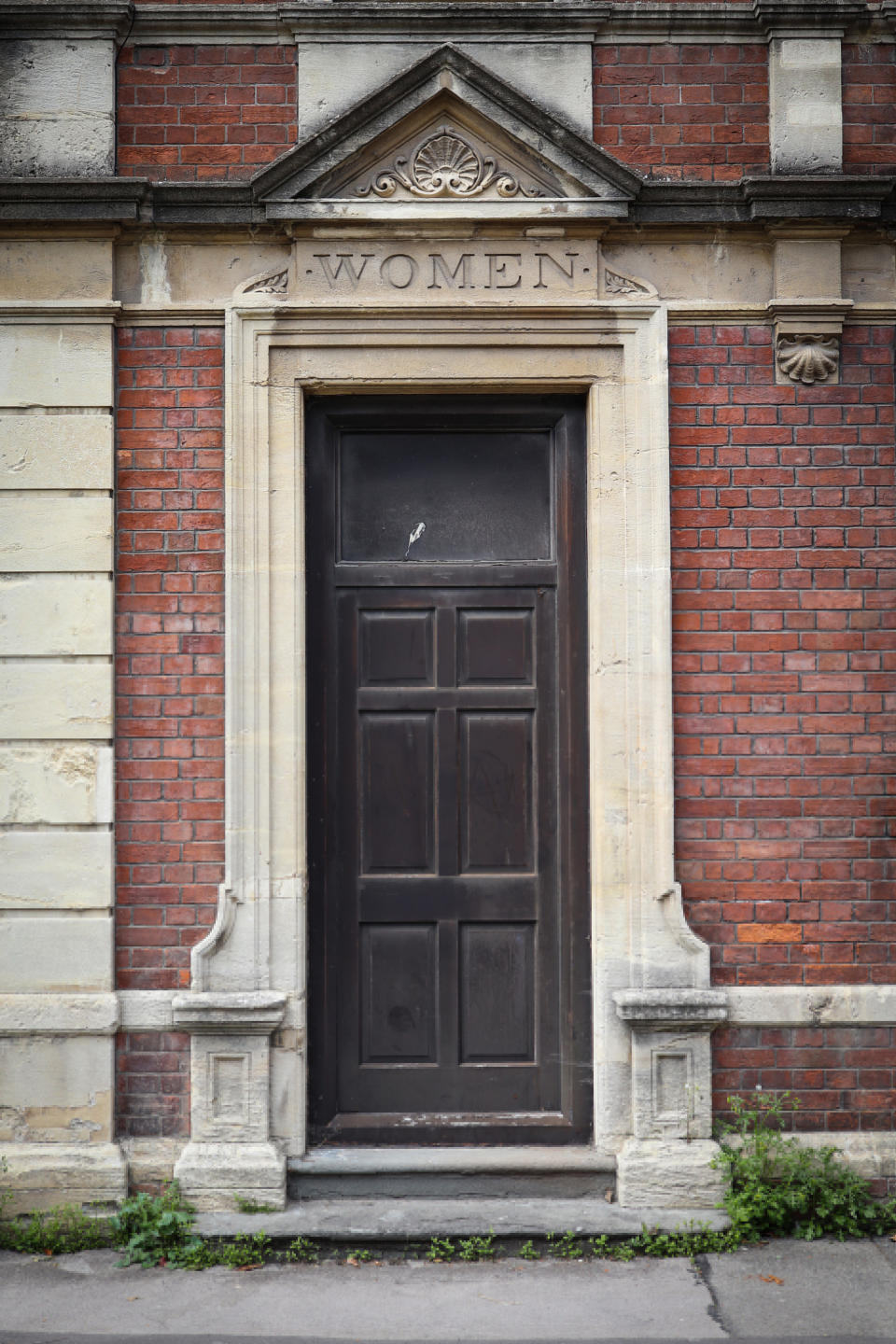
Canon EOS R100: Lab results
For our lab data comparison, my colleague Ben (our lab manager) compared the EOS R100 to its entry-level APS-C mirrorless rivals from Nikon and Sony: the Nikon Z30, and the Sony a6100. Fujifilm is another major player in the APS-C mirrorless market, but it's now discontinued the entry-level X-T200 and X-E4 without replacement. That leaves the X-T30 II as the starter model in the range, but this is considerably more expensive than the R100, so remember that when comparing lab scores.
We test resolution using Imatest charts and software, and dynamic range and signal-to-noise ratio with DxO Analyzer.
Resolution (line widths/picture height):
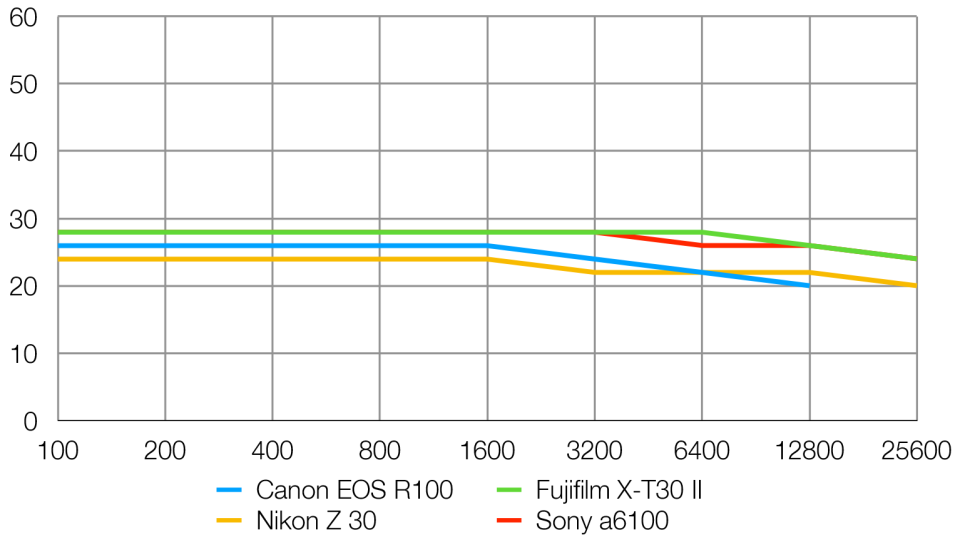
Predictably, the 24.1MP EOS R100 largely falls into line between the 20.9MP Z 30 and 26.1MP X-T30 II when resolving fine detail. The 24.2MP a6100 does well to match the slightly more pixel-packed X-T30 II in this test.
Dynamic range (EV):
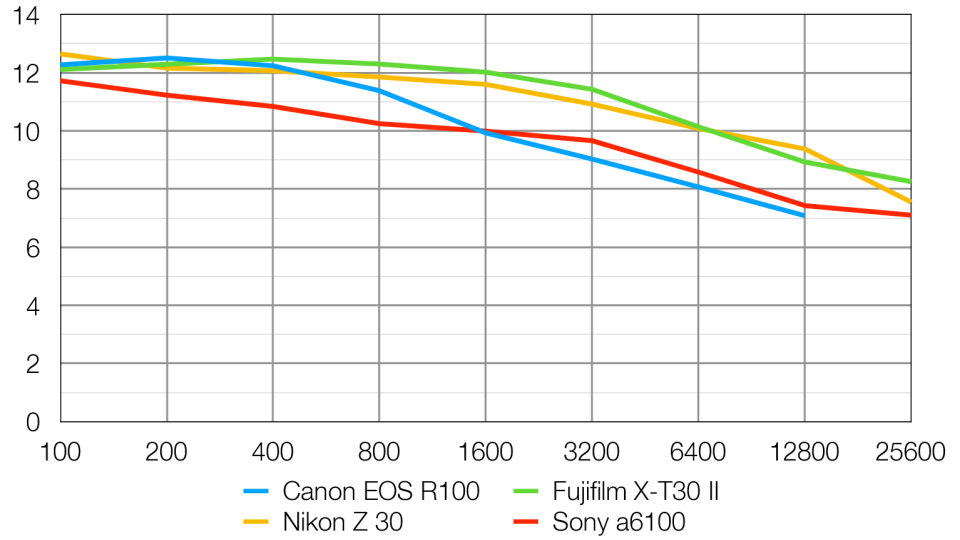
The R100 gets off to a good start, capturing excellent dynamic range at lower sensitivities. However, at ISO 800 and above it can't compete with the Nikon or Fujifilm cameras, capturing around 2EV less dynamic range at higher sensitivities.
Signal to noise ratio (decibels):
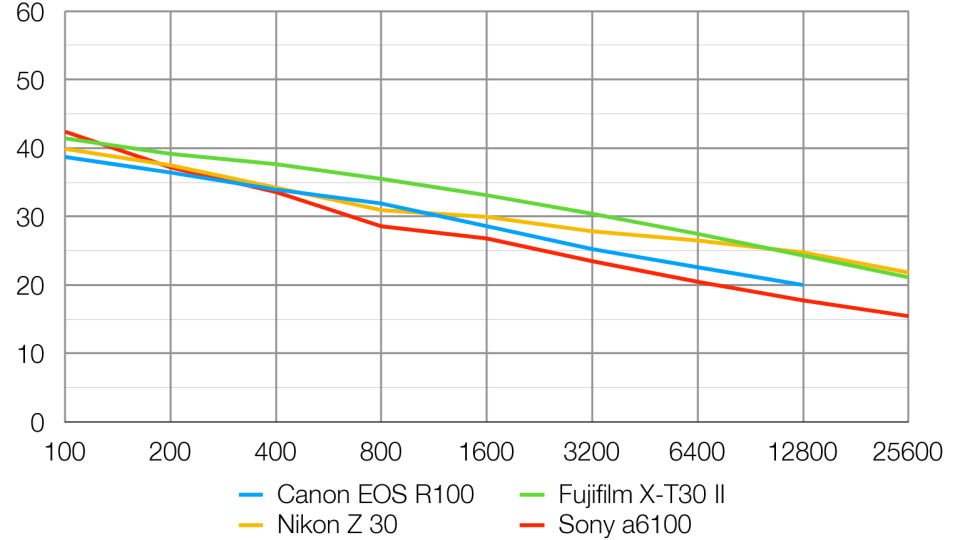
This test compares the amount of random noise generated by the camera at different ISO settings as a proportion of the actual image information (the 'signal'). Higher values are better and we expect to see the signal to ratio fall as the ISO is increased.
The R100's images exhibit similar noise levels to those from the Nikon and Sony cameras at lower sensitivities, though likely thanks to its larger individual sensor photosites ('pixels'), the Z30's high-ISO shots are cleaner than those from the Canon. Fujifilm's X-Trans sensors traditionally do well in this test, so we'd expect the X-T30 II to produce the cleanest images of the group.
Canon EOS R100: Verdict
The Canon EOS R100 is a triumph of a camera in this category. It's the perfect camera for beginners, with simple controls and guided user interface – features that are also useful to anyone who doesn't have any interest in learning the technical side but still wants to take advantage of effects like shallow depth of field.
I would have loved to see touchscreen controls, too, but the D-pad on the back of the camera still makes it easy to navigate menus and settings. Importantly, though, this isn't just a camera for beginners; it's a camera that grows with you, enabling you to unlock new abilities as your skills and interest develop.
The EOS R100 benefits from the trickle-down effect whereby, as technology advances, affordable products inherit increasingly powerful features. So, while it's an entry-level model, this isn't a basic camera, but a very capable mirrorless camera that puts powerful photographic capabilities in the hands of anyone who wants to take better pictures than is possible on a smartphone.
Canon EOS R100: Alternatives

The closest competitor from Canon's biggest longtime rival is the Nikon Z30. Closely matched for photography, you might prefer the Canon's more traditional rangefinder shape – however, the Nikon Z30 is a better proposition for anyone taking their video more seriously.

The Canon EOS R100 might be the cheapest Canon in its lineup, but if you want a little more under the hood – then the Canon EOS R50 offers a welcome bump in nearly all aspects. Although this comes at a cost, so ask yourself how much on your camera you will actually use.

 Yahoo Autos
Yahoo Autos 